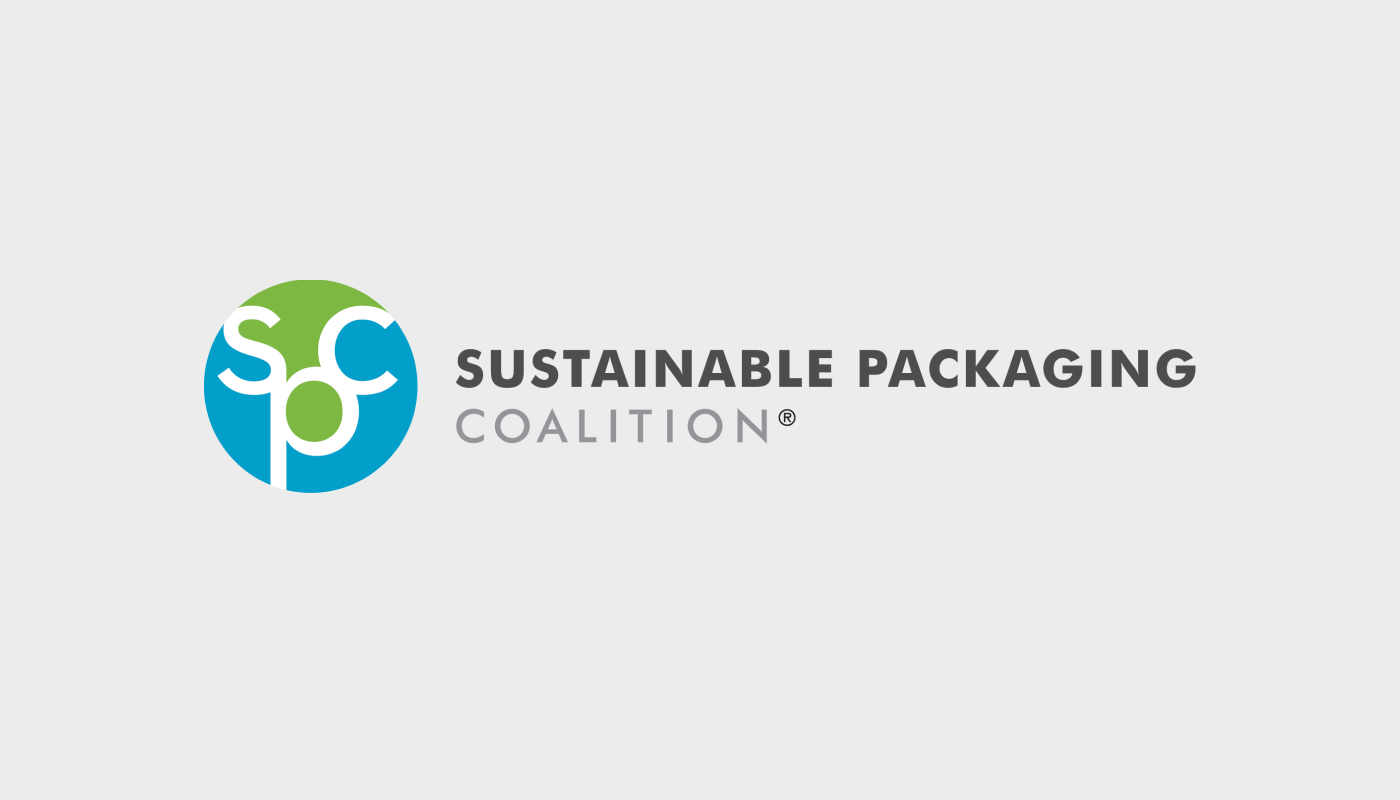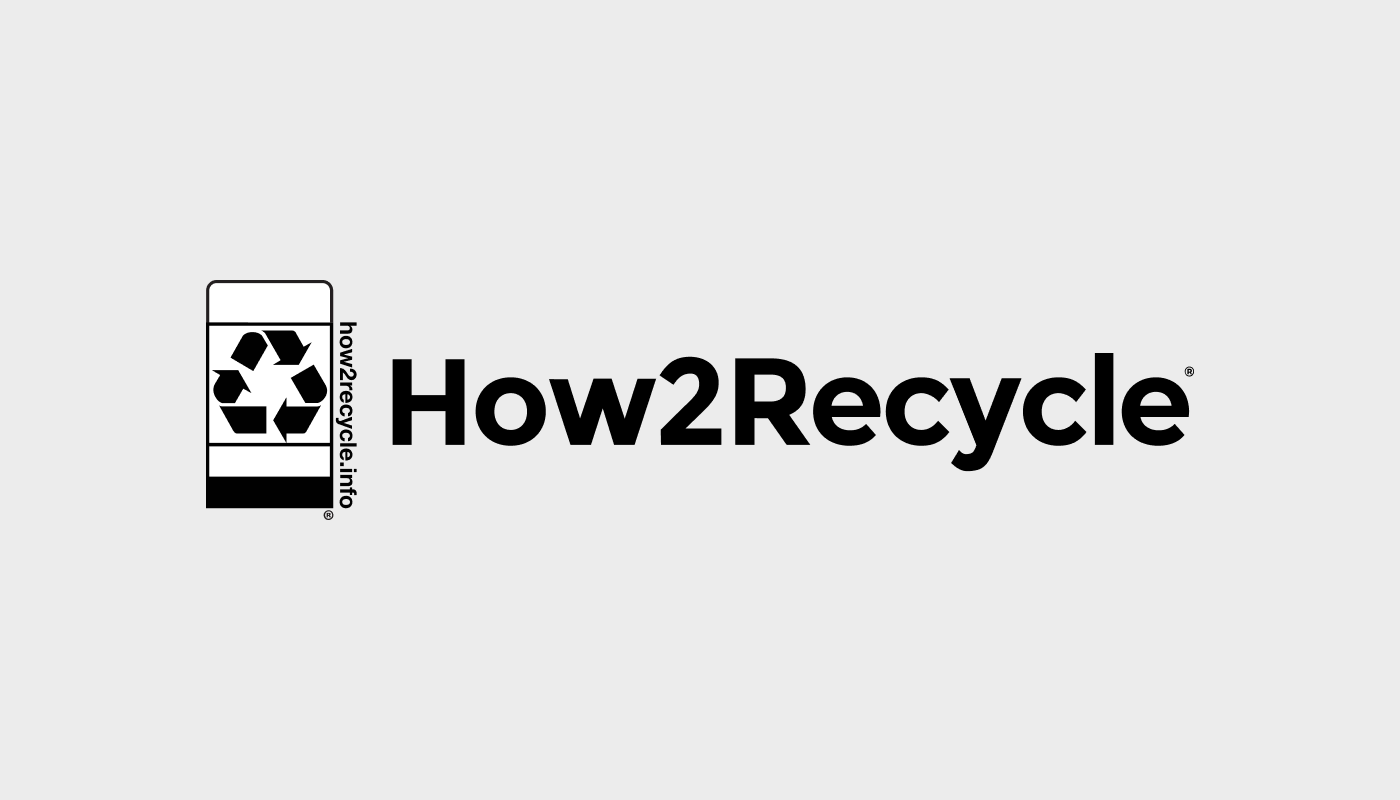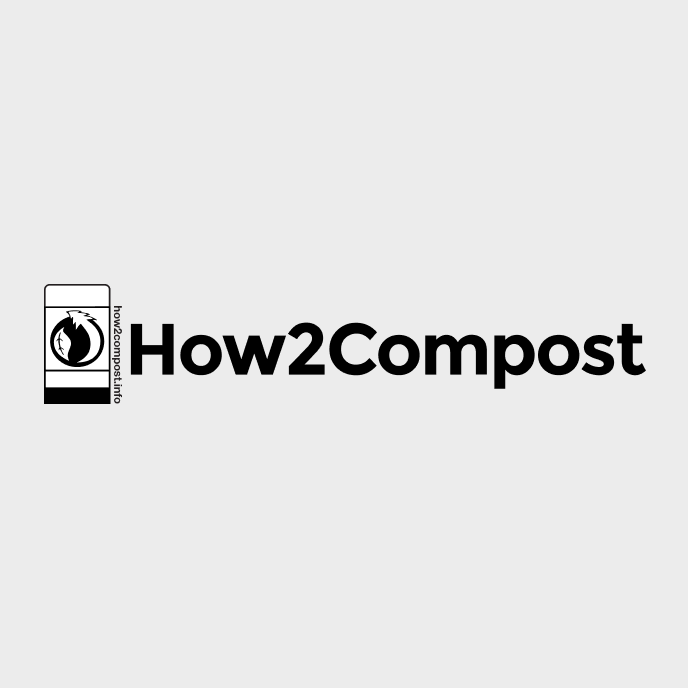You’re probably familiar with those little numbers that sometimes appear on the bottom of rigid plastic packaging. But what does each number actually mean and why are they there?
Resin Identification Codes (RICs) were developed in the 1980s by people behind-the-scenes of recycling for people behind-the-scenes of recycling. Each number (1-6) represents six specific individual types of plastic, and #7 encompasses all other types of plastic. These numbers helped manufacturers develop consistency in the materials they use for their packaging, and it gave specific information to recycling facilities or reprocessors to help them confirm which type of plastic they suspected a certain packaging was made out of. In turn, the intent was for the RIC system to indicate when an item didn’t belong in recycling, thus helping to maintain a clean recycling stream.
In reality, however, Resin Identification Codes were not created with the intention of helping the general public understand if an item is recyclable. A rigid plastic item might have a RIC number stamped onto it, but not always. In fact, RICs are required on certain plastic packaging only in 36 states in the United States. Since they were made for the plastic industry as opposed to the public, guidelines for using RICs state that manufacturers must situate them in an unnoticeable place and refrain from using them as a recyclability instruction. The RIC system can be inconsistent, so we can’t rely on it as a reliable recyclability guide.
Recycling also varies greatly from community to community. Some communities specify what “number” plastics that residents can recycle, while others may provide images of recyclable items the hauler accepts. Unfortunately, in the United States and Canada, the language of recycling can be very different from town to town. And that makes it confusing for consumers!
Check out some examples below showing some of the different ways that North American communities talk about plastic recycling:
Portland, OR:

Chicago, IL:

Hampton, VA:
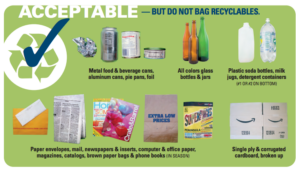
It’s important to note that the chasing arrows symbol historically shown with each number has been an additional cause of confusion. Chasing arrows have become symbolic of the act of recycling in our society, so it’s an easy mistake to see this symbol on an item and assume it goes in the recycling bin. Because of this, ASTM International, the organization that maintains the numbers system, published a new rule in 2013 that replaced the chasing arrows symbol around the RIC numbers with a solid triangle shape like the one below:

Where How2Recycle Label comes in
The How2Recycle label, based on nationally harmonized data, is designed to provide clear disposal instructions to consumers in the US and Canada. Each package with a How2Recycle label has been individually assessed by our team to ensure consumers receive the most accurate instructions.
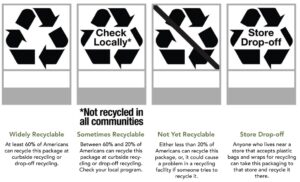
The How2Recycle label breaks down a product’s recyclability based on the category it falls into (Widely Recyclable, Check Locally, Store Drop-off, or Not Yet Recyclable), Special Instructions (if applicable), material type, and item. How2Recycle goes beyond the RIC numbers to provide instructions that are as specific as possible, simplifying the recycling process.

